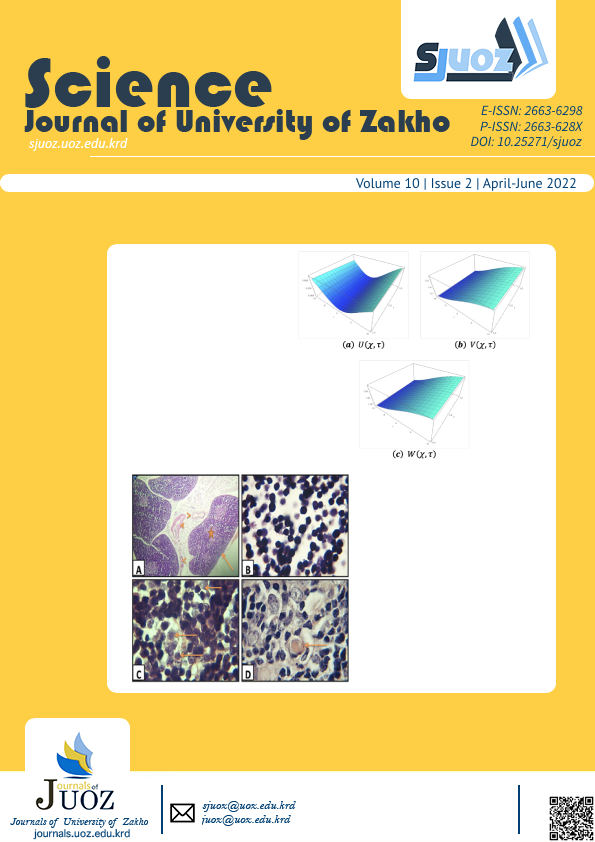Clustering-Based Routing Protocol for Vehicular Ad-Hoc Network Using Two Metaheuristic Algorithms
Abstract
Vehicular ad hoc networks (VANET) are a special model of mobile ad-hoc networks (MANETs)and have many applications in safe driving, and entertainment by exchanging information between vehicles (e.g. road conditions, weather, congestion, etc.). the problem is that these Nodes(vehicles) in VANETs have very high mobility and due to this dynamic nature and the instability of wireless links between vehicles, providing an efficient and reliable routing method is a serious challenge for VANETs. Therefore, in order to meet this challenge and maintain the necessary information exchange between vehicles without loss, deletion, or access late, it is necessary to solve this problem by (designing an efficient and secure routing protocol for the exchange of important data in VANET). In this paper two algorithms were used together (Harris Hawks optimization algorithm (HHO) and Artificial Bee Colony algorithm (ABC)), taking into account the best parameters such as (the amount of free buffer size, distance between nodes, speed of nodes, node degree, and the quality of link connection) to improve the results compared to the rest of the articles and HIR. the simulation results indicated that the methodology improves other algorithms with Relevance in terms of parameters of packet delivery rate, throughput, and end-to-end delay.
Full text article
Authors
Copyright (c) 2022 aveen othman abdalrahman

This work is licensed under a Creative Commons Attribution 4.0 International License.
Authors who publish with this journal agree to the following terms:
- Authors retain copyright and grant the journal right of first publication with the work simultaneously licensed under a Creative Commons Attribution License [CC BY-NC-SA 4.0] that allows others to share the work with an acknowledgment of the work's authorship and initial publication in this journal.
- Authors are able to enter into separate, additional contractual arrangements for the non-exclusive distribution of the journal's published version of the work, with an acknowledgment of its initial publication in this journal.
- Authors are permitted and encouraged to post their work online.
